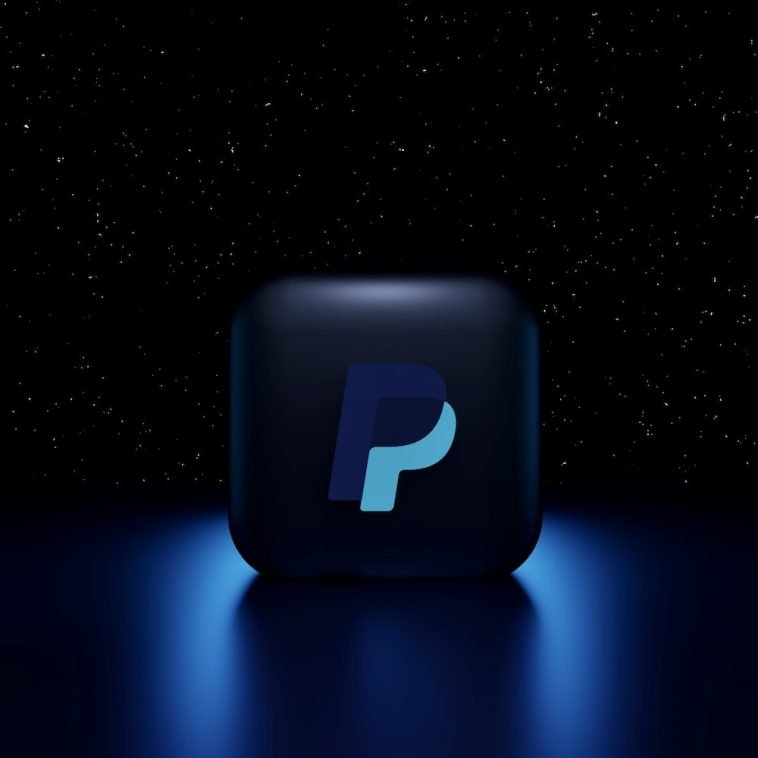Introduction.
If you’re running a blog, managing a YouTube channel, running a non-profit, or just have a project you’re passionate about, you might be considering ways for supporters to contribute financially.
Setting up a PayPal donation link can be a straightforward and effective way to accept donations from people who believe in your work.
Whether it’s a way to help cover expenses, fund special projects, or just keep things running smoothly, donation links are an easy and accessible option.
In this guide, I’ll walk through the step-by-step process of setting up a PayPal donation link, explain why it’s a useful tool, and highlight some things to watch out for along the way.
I’ll also cover a few common questions people have and discuss the pros and cons of using a PayPal donation link compared to other donation methods.
Let’s dive right into it!
Why Set Up a PayPal Donation Link?
The main appeal of a PayPal donation link is its simplicity. With just a few clicks, people can support your work using a payment method they’re likely already familiar with.
PayPal is one of the most widely used payment platforms, and many users find it secure, easy, and familiar. Plus, setting up a donation link is free and requires minimal technical knowledge.
Here’s a quick rundown of some key benefits to keep in mind:
Benefits of Using a PayPal Donation Link:
- Convenience: PayPal is widely recognized, and most people feel comfortable using it.
- Instant Access: Donations arrive in your PayPal account almost immediately, so you can access funds as soon as they come in.
- Global Reach: PayPal operates in many countries, making it easier for supporters from different parts of the world to donate.
- Customizable: You can set up your link with specific donation amounts, leaving it open-ended, or even including a message to let supporters know what their contributions go toward.
That said, there are some potential downsides to consider too.
Potential Downsides of Using a PayPal Donation Link:
- Fees: PayPal does take a small fee for each donation. Depending on the amount you receive, this can add up over time.
- Account Limitations: Some users report that PayPal’s terms can be restrictive. For example, certain types of fundraisers might require additional paperwork or verification.
- Lack of Integration with Other Platforms: Unlike full-service fundraising platforms, a simple PayPal donation link may lack certain features, like donor tracking, automatic thank-you emails, or integrations with other tools you use.
How Do I Set Up a PayPal Donation Link?
Ready to create your link? Follow these steps to get started:
Step 1: Log in to Your PayPal Account
First things first, head to PayPal.com and log in. If you don’t already have a PayPal account, you’ll need to set one up, which only takes a few minutes.
Step 2: Navigate to PayPal’s Fundraising or Donation Button Section
Once you’re logged in, look for PayPal’s options for fundraising tools. Often, these are found in the “Tools” or “Business” sections, depending on the type of account you have. Select “Donation Buttons” or “Fundraising,” which will direct you to the setup area.
Step 3: Customize Your Donation Link
PayPal will offer some customization options:
- Donation Amount: You can choose to let donors enter their own amount or set specific donation levels.
- Recurring Donations: Decide if you want to give supporters the option to make monthly donations. This can be a great way to encourage ongoing support.
- Purpose or Message: Write a short note explaining what donations will support. This might include specific projects, general operating expenses, or anything else you need help with.
Step 4: Generate and Save the Link
Once everything looks good, click to generate the link. PayPal will give you a URL that you can copy and paste anywhere—on your website, in social media posts, or even in an email. Keep this link handy for easy sharing.
Step 5: Test the Link
Before sharing it with your supporters, make sure to test the link. Try clicking it yourself, going through the steps, and even making a small test donation if possible.
This can help ensure everything’s working smoothly and that your supporters won’t run into issues.
Pros and Cons of PayPal Donation Links
Pros
- Low Barrier to Entry: Since PayPal is widely used, people won’t need to create an account with a new service to donate.
- Transparency for Donors: With PayPal, donors receive an immediate confirmation, giving them peace of mind that their contribution went through.
- Control Over Funds: PayPal donations go straight into your account, which means quicker access to funds and fewer third parties involved.
Cons
- Transaction Fees: PayPal charges fees for each donation, typically around 2.9% plus a small fixed amount. If you’re working with smaller donations, these fees can take a noticeable cut.
- Limited Options for Donor Engagement: Unlike some fundraising platforms, a basic PayPal donation link lacks features for ongoing engagement, like thank-you notes or fundraising metrics.
- Potential Account Holds: In some cases, PayPal may place a temporary hold on funds for new accounts or large transaction amounts, especially if there’s sudden or unusual activity.
FAQ
1. Can I set up a PayPal donation link without a business account?
Yes, you can use a personal PayPal account to set up a donation link. However, a business account offers a bit more flexibility and some additional options.
2. Is there a way to avoid PayPal fees on donations?
Unfortunately, there’s no way to completely avoid fees on PayPal donations. However, some non-profits can apply for reduced fees, so it may be worth checking if you qualify.
3. Can I set up recurring donations through PayPal?
Yes, you can allow recurring donations as part of your setup process. This can be especially helpful if you have supporters who want to contribute on a regular basis.
4. Is a PayPal donation link safe for my donors?
Yes, PayPal uses encryption and other security measures to protect transactions. Donors are usually familiar with PayPal, which can make them feel more comfortable donating through this platform.
5. Are there alternatives to PayPal for donations?
Yes, there are several other platforms that accept donations, such as Stripe, GoFundMe, and Patreon. Some platforms might offer additional features for donor engagement or integration with social media, so you might want to consider your needs and options.
Conclusion
Setting up a PayPal donation link can be an easy and effective way to start accepting donations, whether you’re supporting a creative project, covering the costs of running a blog, or funding an important cause.
While it has its pros and cons, it remains one of the most popular methods for online donations, thanks to its user-friendliness, instant access to funds, and global reach.
Have you set up a PayPal donation link yet, or are you considering using a different platform for your fundraising efforts?





GIPHY App Key not set. Please check settings